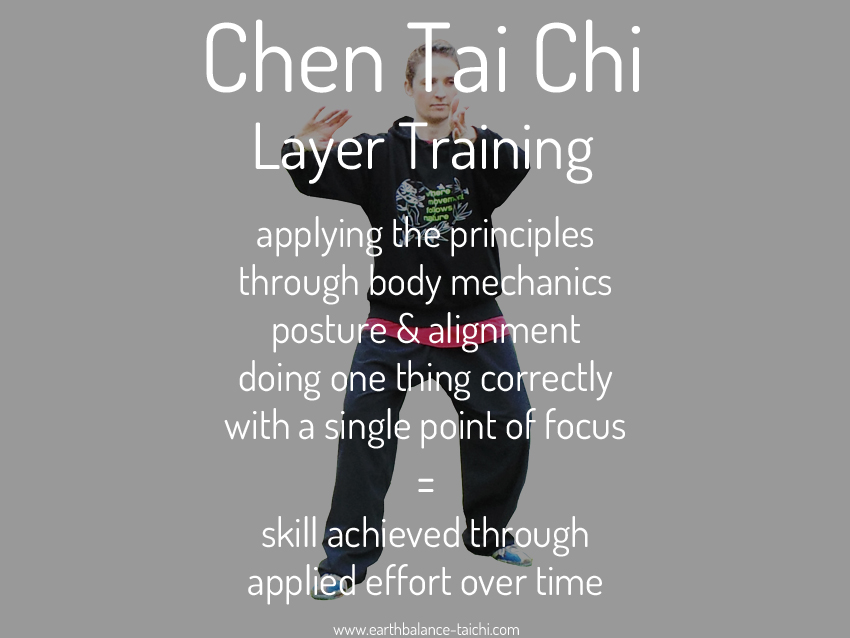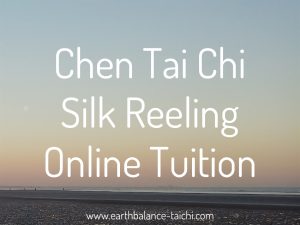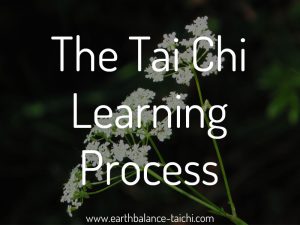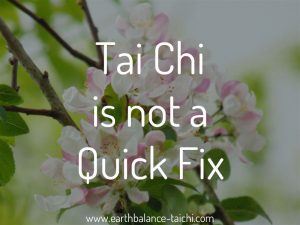Doing One Thing Correctly
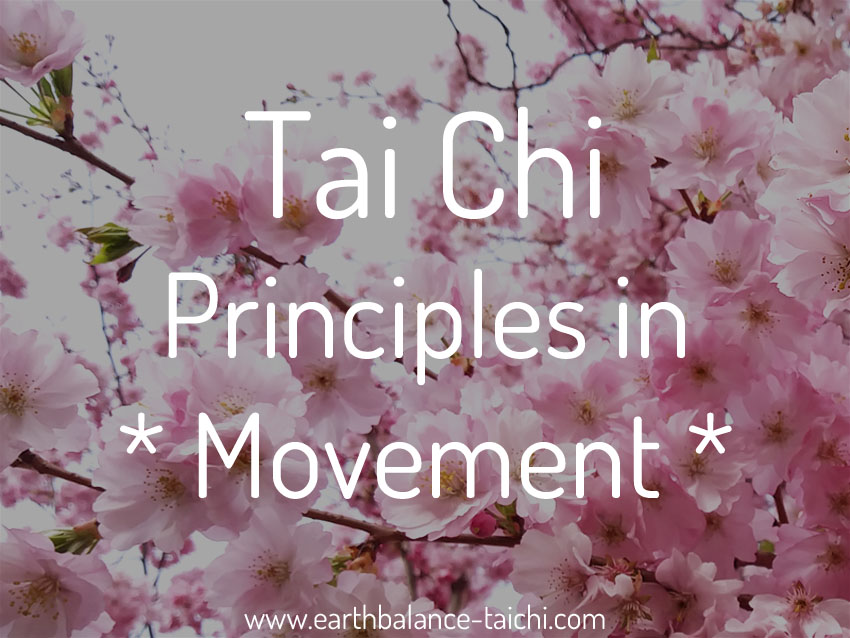
Doing One Thing Correctly
Applying the Principles in Chen Tai Chi Practice
Tai Chi Drills & Form Training.
When learning the Tai Chi form and training drills, it is important to have a single point of focus, to do one thing correctly. This is active mindfulness. There are many principles and layers of learning, and it is impossible to focus on them all at once. By training the principles separately, over time they all start to mould together in your performance, as muscle memory develops. Noted below are a few of the examples of what your single point of focus can be in your form practice. Before you practice, set out the goal of the session, or change focus each routine or form you perform. Anytime your mind gets distracted, re-focus on the principle or goal. Bring the mind back to that single point of focus.
Qigong follows the same principles of movement, with the exception that the physical body moves through a greater range of motion and then returns to the core principles.
Your Tai Chi instructor will guide you through the principles at the right time in your training. It's important to avoid being overloaded with information. Beginners will work on their posture followed by the first few principles below.
Movement Principles
| Principle | Principle | Focus |
|---|---|---|
| Expansive | Peng Jin | Expanded, rebounding, resilient, spiralling, balloon-like structure and motion. None of the principles work without peng jin. |
| Applied relaxation | Fang Song | The absence of resistance. None of the principles work without fang song. The most important principle of all that can be applied to your posture whether in stillness or movement. Letting go of the muscles whilst maintaining and aligned body and an elastic stretch. Active relaxation of the muscles, loosening of the joints and the release of physical tension, without collapsing your skeleton. A release and letting go of unnecessary holding. The joints/bones are open with space around them. Not slouched or floppy, or slumping into the joints. Muscles use appropriate muscular contraction. The principle fang song can be applied to any muscle, any part of the body or any joint. |
| Central equilibrium | Zhong Ding | Stable and balanced from the ground upwards. Maintaining a centralised structure especially when absorbing incoming pressure. |
| Rooting | Chen | Grounding in the lower body. |
| Ground path | A heaviness of the lower body pressing into the ground through the feet, paired with an opposing elastic expanding connection to the opposing hand, wrist, elbows or shoulder. | |
| Straight spine | Ding | An upright spine, neck and head. An upward lengthening quality in the spine paired with opposing rooting. |
| Open rounded groin | Dang | Rounded, open, arched, relaxed groin and thighs, including the knees. |
| Hip crease area | Kua | An area around the inguinal crease and hip including the internal hip socket, part of the buttock and lower back. An internal function/quality responsible for the Tai Chi squat, sinking and turning. |
| Weight shifting | Fen Xu Shi | The difference between empty and full when shifting weight onto each leg. Training single leg balancing drills, empty stances and 70% - 30% weight shifting. |
| Backward arc | Hou Hu | The silk reeling lower body movement, arching through the front/rear of the pelvis, which establishes the figure 8 motion. |
| The 13 energies and 5 directions | Peng (Outward - Straight direction) Lu (Roll back - Straight direction) Ji (Squeeze press - Straight direction) An (Push down - Straight direction) Cai (Pluck - Diagonal direction) Lieh (Split - Diagonal direction) Zhou (Elbow - Diagonal direction) Cao (Shoulder - Diagonal direction) Advancing Retreating Step to the left Step to the right Centre Zhan (Flash) Teng (Rise) Zhe (Break) Kong (Empty) Huo (Change) |
|
| 3 External Harmonies | San Wai He | Shoulders in harmony with hips, elbows in harmony with knees, palms in harmony with feet. |
| Arms | Wrists not passing the centre line, nor extending further than 45 degrees from the centre line. Limbs not hyper-extending to a locked position. | |
| Waist | Yao | The waist loosening and turning in the movements. Song yao is applying active relaxation to the waist. |
| Navel | Dantian | Rotation of the dantian through the movements. |
| Open / close chest | Also called folding the chest, storing the chest, hollowing the chest, emptying the chest and arcing the chest. A motion in the centre of the chest used in fajin body mechanics to store and release power e.g. in the 'An' direct martial application when pushing with the heels of both palms. The hollow chest is a neutral alignment not a collapsed chest. | |
| Open / close lower back | Also called filling the lower back, opening the lower back, bringing dantian towards ming men. A motion in the spine, forming a bow shape, then releasing. Used in fajin body mechanics to store and release power. | |
| Open / close | Kai-He | Open means internal lengthening / expanding in the physical body and close means internal contracting / compressing. Some movements like single whip can have two qualities, an external opening and internal closing. Expressions of yin yang. |
| Two plates | The pelvic floor and diaphragm connection. | |
| Silk reeling principle | Chan Si Jin | A spiralling and coiling quality / skill within the whole physical structure. This includes the principles Ni Chan and Shun Chan, yin yang directional spiralling in the limbs, torso and extremities. |
| Connective tissue | Lengthening and stretching the connective tissue, tendons, sinews, fascia with elastic expansion, compression and coiling. | |
| Muscles | Cotton | Releasing, relaxing and softening the muscles, whilst surrounded by lengthening and stretching connective tissue. See fang song above. |
| Aligned posture | Iron | An aligned skeleton with open joints. See static stance training list as above. Symmetry in the body. |
| Co-ordination | "One part moves, all parts move". The lower and upper body are integrated in movement. | |
| Rebounding | Flowing elastic connected, rebounding and rooted movements. Avoiding wooden / awkward motion. | |
| Continuity in movement | Unity and connection between different limbs and parts of the body that are moving fast and slow simultaneously, including large and small movements. | |
| Transitions | Not dropping the body mechanics at the end of each movement, keeping the principles 'rolling' and rebounding motion throughout the form. | |
| Abdominal breathing | Tu-Na | Combining diaphragmatic breathing with store/release, expand/compress, yin/yang in the movements. |
| Expansion and compression | Hydraulic motion in all of the joints. | |
| Store and release | Finding yin and yang in movement, and fajin. | |
| Water and fire | Kan and Li | Lower body like water, upper body like fire. |
| Martial intent | Playing out the key martial applications in the mind through the form. | |
| Awareness | Yi | Intention. Being present in the moment with focused concentration. |
| Use intention not force | Yi Bu Li | Not using muscular strength. |
| Tactile listening | Ting Jin | The skill of tactile listening to your opponent. Training in partner work e.g. push hands to be able to sense and understand and react to your opponents strength or force. |
| 3 internal Harmonies | San Nei He | Heart in harmony with intention, intention in harmony with Qi, Qi in harmony with movement. |
Alignment Principles
Alongside the movement principles, the principles of alignment teach you how to hold your physical posture. Whether training Zhan Zhuang standing like a tree, silk reeling drills or the form, foster a neutral alignment.
The companion article to this is called 'Static Stance Training in Tai Chi'. From your feet to your crown, how you hold yourself matters. To develop martial power and to improve health, aligning the movement and alignment principles are key to both. Learn them in stillness is the easiest to begin with, then develop them in your moving drills and forms.
